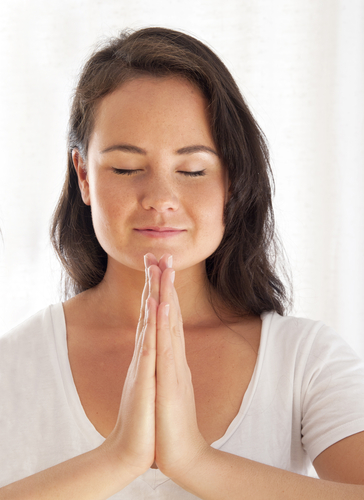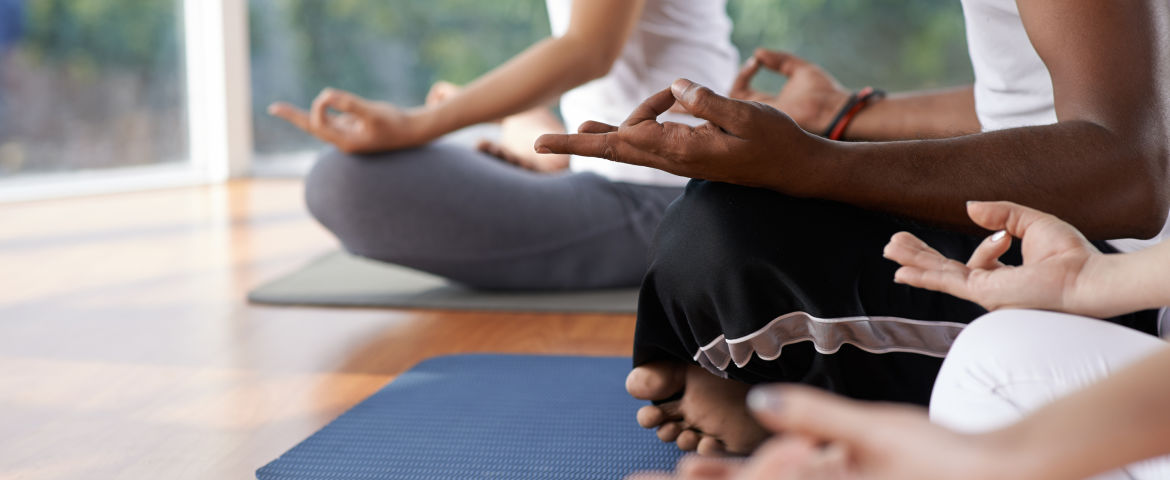Did you know that meditation can have the following effects?
Increased immunity
Improved heart rate
Reduced chronic back pain
Meditation has been proven to have a slew of health benefits, from decreasing mental clutter and improving sleep habits to easing chronic pain or depression.
All you need to practice meditation is an open mind and comfortable posture
Mindful meditation improves feelings of anxiety and depression, according to a study conducted by National Center for Complementary and Integrative Health. And, the American Heart Association also supports the use of meditation as a way to lower blood pressure.
All you need to practice meditation is an open mind and comfortable posture, whether that be sitting, standing or lying down. Choose the position that is most relaxing for you. Then, follow these five techniques:
- Just Breathe. Paying attention to your breath is one of the best ways to focus on your meditation. There are numerous breathing techniques to try; just choose the one that feels the best for your own practice. Here are a few to get you started.
- Breathe in through your nose and out through your mouth, pushing the exhale against the back of your throat to make it as loud as possible.
- Breathe with pursed lips, pulling the breath in slowly and holding it for a second before exhaling.
- As you breathe, you might find it helpful to set one hand on your heart and one on your stomach. Imagine your breath threading throughout your body, feeling the rise and fall of every inhale and exhale.
- Take a Walk. Feel fidgety? Try a little movement. From tai chi to yoga, there are many forms of light activity that can help you ground and center your meditation. Walking meditation can be especially good for beginners, as it sets an easy, natural rhythm to concentrate on.
- Find an open space: anywhere from an open park to your living room floor.
- Walk slowly.
- Try counting your steps to heighten your awareness of your own pace.
- Rather than paying attention to the things happening around you, focus instead on the sensation of walking: such as the air against your skin, the ground against your feet or your balance shifting as you step.

- Think Thankful. Gratitude meditation can be one of the most rewarding forms of meditation. According to a study conducted by the National Center for Complementary and Integrative Health, regular meditation was shown to increase compassion and empathy in adults. As you settle into meditation, think about the things that you are thankful for in your life, be it your family, friends, a good day at work or a great book you just read.
- Meditation Mantra. Think of a mantra, phrase, word or even just a steady hum,and repeat it to yourself, centering it on the pattern of your breath. Inhale through your nose, then recite the mantra as you exhale through your mouth, using the words to even out and slow your breath.

- A Judgment-Free Space. No matter what form your meditation takes, always remember that there is no right or wrong way to meditate. If your mind wanders, don’t fight it. Just take a breath and keep going. The most important part of meditation is paying attention to your own body and mind. No matter how long you’ve been practicing, distractions are a part of daily life, and you should adapt your practice to your needs.
As an exercise for the mind, body and spirit, meditation is a great way to incorporate self-care into your daily life: in a yoga studio or at your office desk, or if you have two minutes or two hours. Start today to have a healthier, happier tomorrow.


